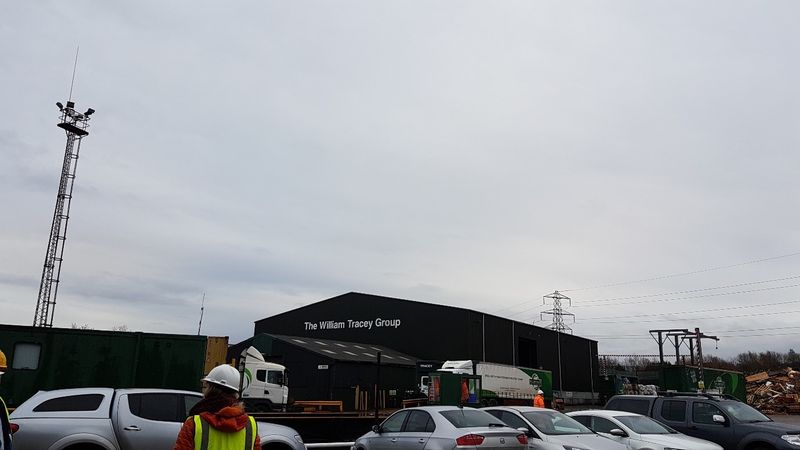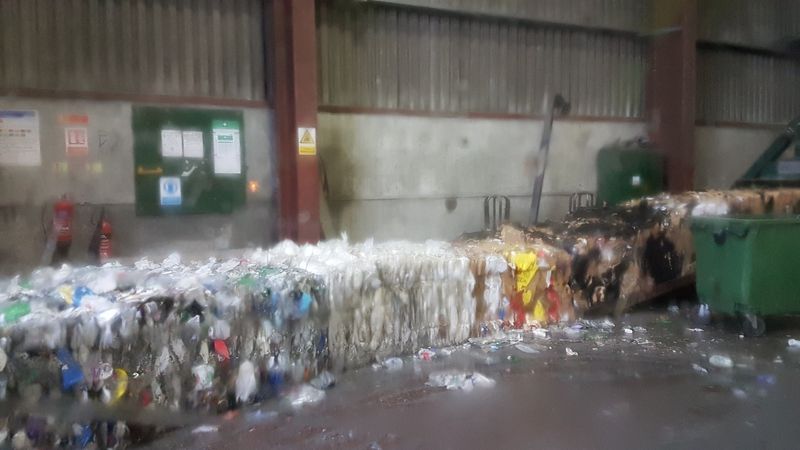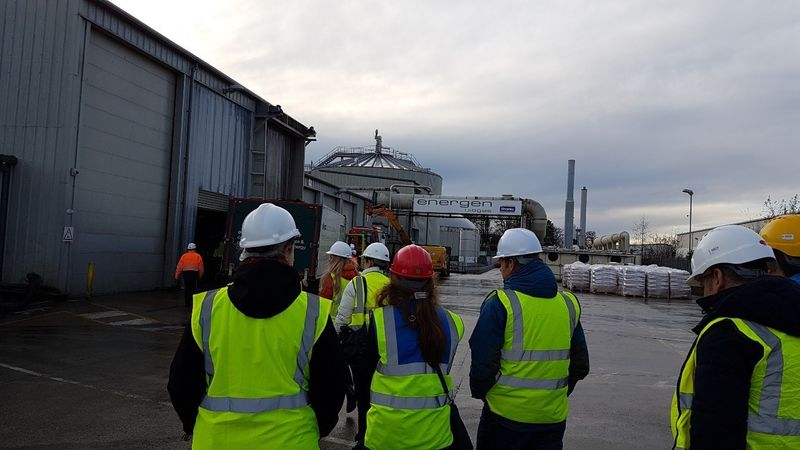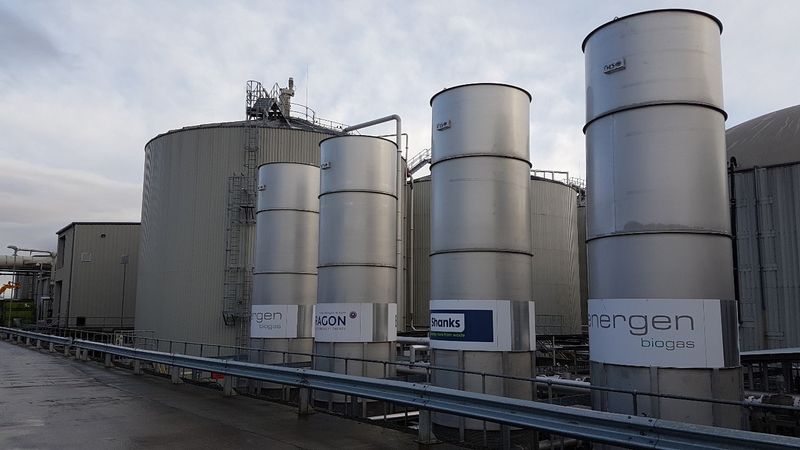What does an EAUC fieldtrip look like?
Jan 2018
Mariya Simeonova, Sustainability Officer at the University of St Andrews, attended the EAUC-Scotland Waste Management Topic Support Network trip to two waste facilities leading the way in Scotland’s ambitious Zero Waste to Landfill target (William Tracey’s Linwood plant & the Energen Biogas Anaerobic Digestion plant).
Organised trips like this are just one of the great benefits of being involved in a EAUC-Scotland TSN!
All resources from the day, including the Waste Management TSN meeting following the visits, are available here.
Mariya Simeonova, Sustainability Officer at the University of St Andrews, attended the EAUC-Scotland Waste Management Topic Support Network trip to two waste facilities leading the way in Scotland’s ambitious Zero Waste to Landfill target (William Tracey’s Linwood plant & the Energen Biogas Anaerobic Digestion plant).
Organised trips like this are just one of the great benefits of being involved in a EAUC-Scotland TSN!
All resources from the day, including the Waste Management TSN meeting following the visits, are available here.
As part of EAUC’s recent Topic Support Network event on Waste Management in the FHE sector, we visited two waste facilities leading the way in Scotland’s ambitious Zero Waste to Landfill target.
We toured William Tracey's zero-to-landfill site near Glasgow - the first of its kind in Scotland where all waste (glass, paper, industrial, plastic, wood etc.) is processed and re-used or sold on. The plant incorporates a number of waste management streams in order to divert 100% of landfill waste. At their Mixed Recycling Facility (MRF) materials such as paper, plastic, polythene, cardboard, aluminium and metal are manually separated, with 6 tonnes of materials being processed and baled per hour. Any residual materials, unsuitable for recycling, are baled for refuse derived fuel (RDF).
William Tracey also has a dirty MRF facility, where construction, industrial and municipal waste is sorted through with a 55% recycling recovery rate, with the remainder going to RDF.
The RDF facility allows for 100% diversion of waste from landfill by shredding and baling material. Bales are then exported to Scandinavian countries, where waste-to-energy power plants are abundant. William Tracey’s site produces an average of 262 bales per day and the volume of material exported over the last year was 57,555 tonnes.
The second site we visited was Energen Biogas, where food waste is converted into energy via methane at 97% efficiency. The facility manager talked to us about some misconceptions when it comes to food waste processing.
Food waste can either be converted to energy and bio-fertiliser in an anaerobic digestion plant, such as Energen, or go to a composter. It is interesting to know, however, that composting food waste is less effective at capturing CO2 emissions as decomposing waste releases methane into the atmosphere. Another problem is the proliferation of food packaging marketed as biodegradable. Yet, such packaging cannot be processed in anaerobic digestion plants and in order to decompose, it needs bacteria and thus can only be processed in a composter.
Both tours gave an insight into the problems we face with waste streams and what is being done to overcome them. Further, speaking to practitioners and other FHE institutions about different approaches to managing waste allows for self-evaluation and helps us make better informed decisions.














